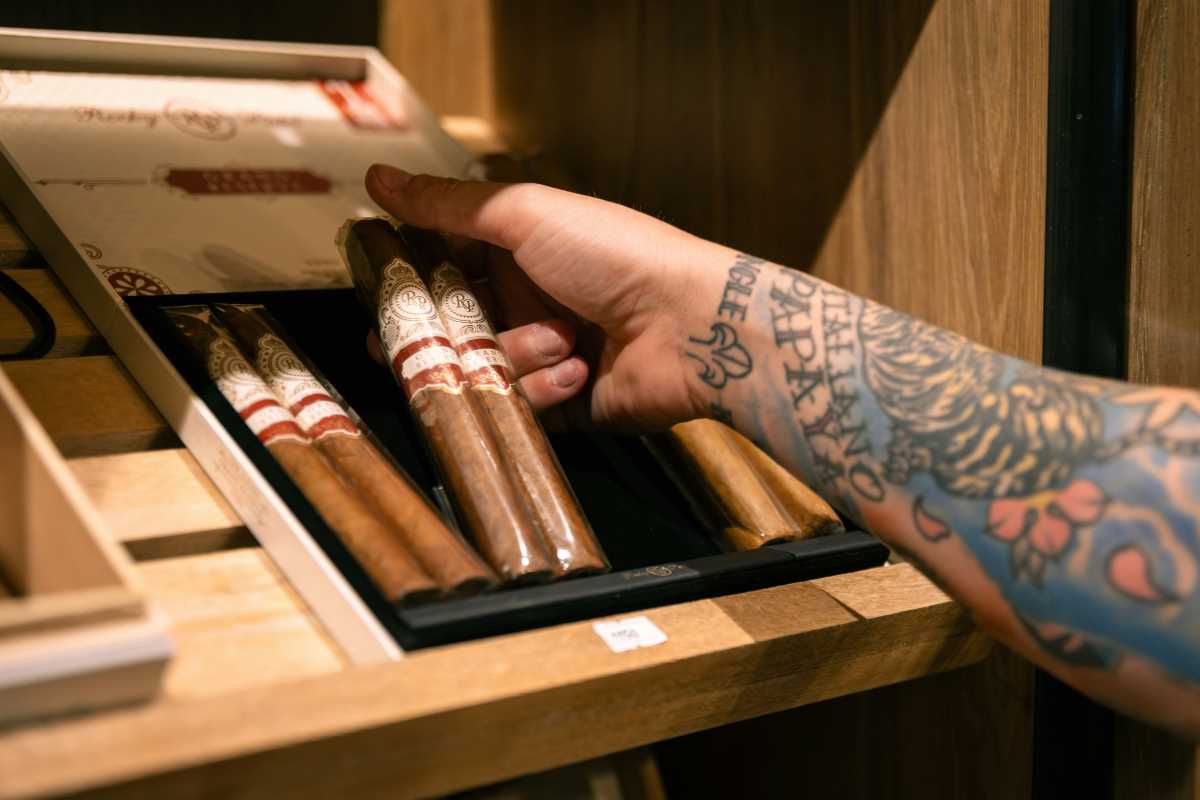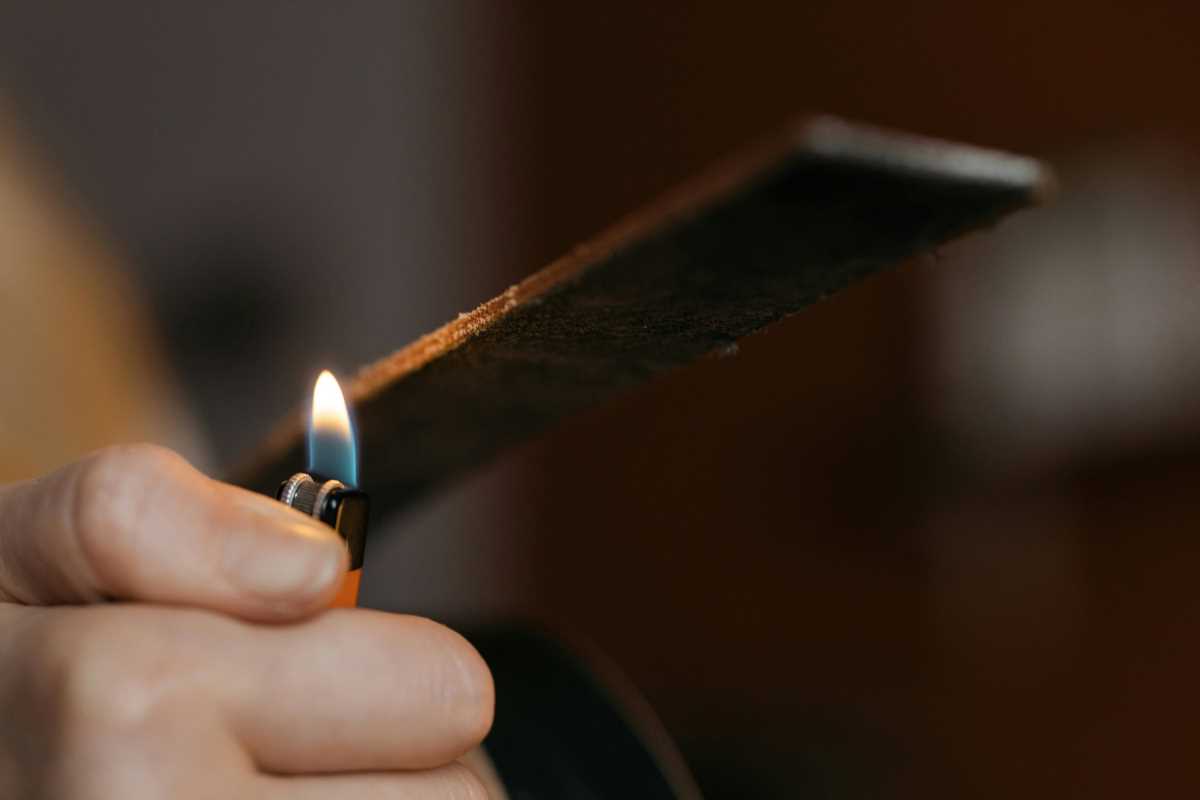Creating a custom knife from high-carbon steel lets you enjoy the satisfaction of making something both beautiful and useful with your own hands. This hands-on project calls for patience and attention to detail as you shape, grind, and finish the blade to your liking. Each step, from selecting the steel to refining the final edge, allows you to tailor every aspect of the knife’s design. As you work, you build technical skills that come in handy for future metalworking endeavors, and you end up with a unique tool that reflects your personal taste and dedication.
You will learn the step-by-step techniques that guide you from choosing materials to assembling a one-of-a-kind tool that demonstrates your determination and ingenuity. This journey not only sharpens your tool-making skills but also deepens your appreciation for traditional craftsmanship.
Essential Tools and Materials
Before you begin, gather the tools and supplies you need to keep the project running smoothly. Being prepared with all necessary equipment ensures a safe and efficient forging process. Each item plays an important role in shaping, heating, and refining your knife.
Here is a list of essential tools and materials you need to create your custom masterpiece:
- Anvil – A sturdy surface to hammer and shape the metal.
- Forge – Your source of intense heat, capable of reaching the temperatures needed to manipulate metal.
- Hammer – A heavy tool to deliver strong, controlled blows, essential for shaping the metal.
- Tongs – Tools to securely hold hot metal pieces while you work.
- Quenching Container – A vessel filled with oil or water for rapid cooling during the heat-treating process.
- Grinding Wheel – Ideal for refining edges and smoothing the blade after forging.
- Protective Gear – Safety glasses, gloves, and an apron to shield yourself during the process.
Preparing Your Workspace
Setting up a proper workspace is essential for safety and efficiency. An organized area allows you to focus solely on the forging process. Choose a location that is well-ventilated, spacious, and equipped for high temperatures and sparks.
Follow these steps to prepare a safe and efficient workspace:
- Clear the area of flammable materials, and ensure your workbench has a solid fireproof surface.
- Arrange all tools and materials within easy reach to reduce movement while working.
- Ensure proper ventilation and protective barriers to control sparks and heat effectively.
- Test your forge and verify that safety equipment, such as fire extinguishers, is within reach.
- Create a clear path for moving to and from the workspace to prevent potential hazards.
Step-by-Step Knife Forging Process
The process of forging a knife involves patient, controlled steps that turn raw metal into a finely sharpened blade. Start by heating the metal in your forge until it reaches the right temperature for shaping. A steady and cautious approach keeps the metal malleable yet controlled during each hammer strike.
Follow these precise steps to develop a solid understanding of the method. Here is a clear process to forge your custom knife:
- Heat the metal evenly in the forge until it turns a bright red, showing it is ready to be worked.
- Remove the metal from the forge with your tongs and position it on the anvil. Begin hammering to shape the blade’s basic form.
- Rotate the metal consistently as you hammer to ensure force distributes evenly and the shape remains symmetrical.
- Work on forming the edge by creating a taper that will become sharp enough for cutting tasks.
- Once you achieve the desired shape, let the metal cool naturally or by controlled quenching in your prepared container.
Heat Treating and Sharpening
After forging, you perform heat treatment to strengthen your blade, increasing its durability and sharpness. This stage involves carefully controlled heating and cooling cycles that give the blade its long-lasting properties. Proper heat treatment techniques greatly improve your knife’s functionality.
After completing heat treatment, you sharpen the blade into a precise cutting tool. Observe the consistency and angle of the edge as you work carefully through each step. The main stages include:
- Normalization – Reheat the metal to refine its grain structure and relieve internal stresses.
- Quenching – Quickly cool the blade to set the hardened structure of the high-carbon steel, ensuring it is durable.
- Tempering – Reheat at a lower temperature to reduce brittleness while maintaining strength.
- Grinding – Carefully smooth and define the edge on a grinding wheel to achieve a razor-sharp finish.
Finishing Touches and Handle Assembly
After shaping and sharpening the blade, add a handle that enhances both function and style. Use durable materials like wood, bone, or composites, and shape it to fit the blade’s tang. Secure with adhesives or fasteners.
This final step lets you personalize the knife, blending craftsmanship and creativity. The result is a one-of-a-kind, functional piece that reflects your dedication and skill.
 (Image via
(Image via

.jpeg)



